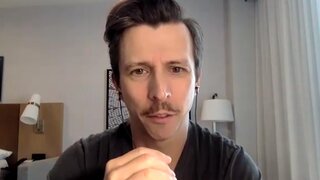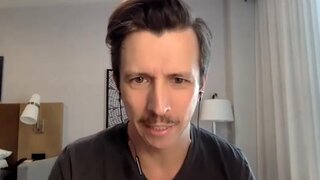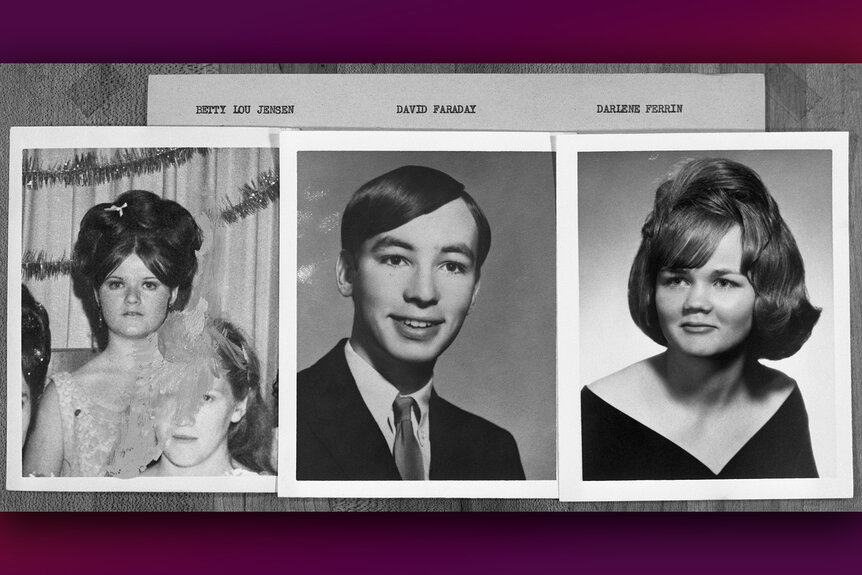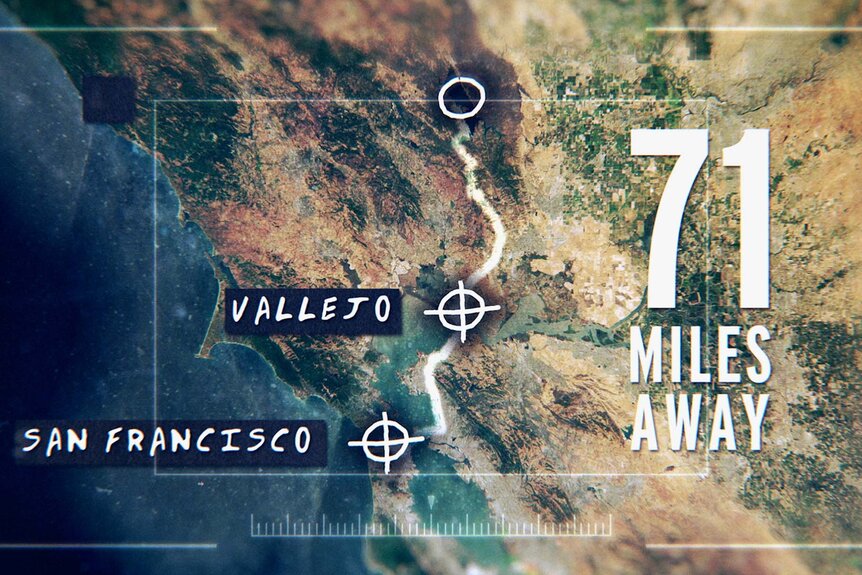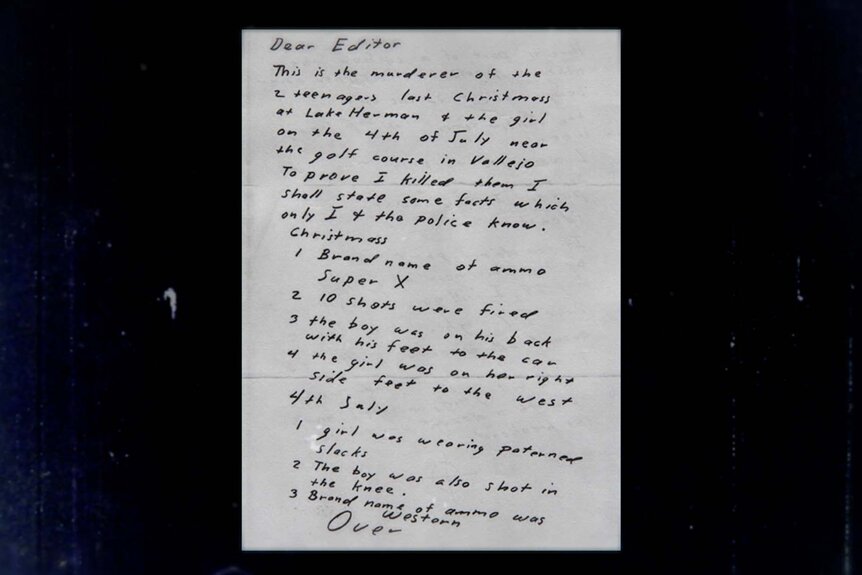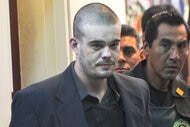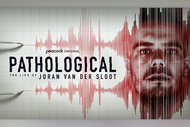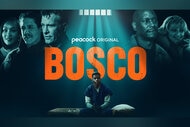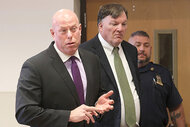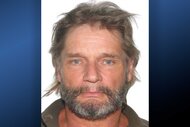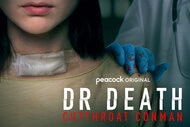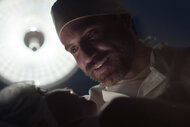Create a free profile to get unlimited access to exclusive videos, breaking news, sweepstakes, and more!
Here’s What We Know About the Victims of the Still-Unidentified Zodiac Killer
An upcoming Peacock documentary titled Myth of the Zodiac Killer questions whether or not the infamous killer ever actually existed.
The mystery surrounding the unidentified Zodiac Killer is one that continues to baffle investigators and captivate the country. But an upcoming Peacock original documentary, Myth of the Zodiac Killer, questions whether one of America’s most notorious serial killers ever existed in the first place.
Of course, there is no denying that the victims — consisting of teens and young adults — existed, as their cases continue to haunt those closest to them, as seen in the new trailer.
Many theories have emerged since the purported Zodiac Killer’s series of brutal killings terrorized California’s Bay Area in the late 1960s, leaving a wake of terror behind. The person claiming to be the perpetrator taunted the area by sending cryptic letters to Bay Area reporters, such as the San Francisco Chronicle, for publication.
Although the author claimed responsibility for 37 victims, investigators have only confirmed five.
RELATED: How the Zodiac Killer Taunted Investigators with Letters and Ciphers
Here is what we know about the killings conclusively linked to Zodiac...
David Arthur Faraday and Betty Lou Jensen
On December 20, 1968, high schoolers Betty Lou Jensen, 16, and David Arthur Faraday, 17, were found shot to death on a gravel turnout on Lake Herman Road in Benicia, a desolate area in Solano County known for being a Lover’s Lane — about 40 miles northeast of San Francisco.
Faraday attended Vallejo High School, an Eagle Scout who also played on the school’s wrestling team, according to archived coverage by the San Francisco Examiner reviewed by Oxygen.com. Faraday, the son of a Pacific Gas and Electric employee, was the recent recipient of the “God’s Country Award,” one of the Scouts’ leading honors for religious reverence.
Jensen was a High School Junior at Hogan High School, an honor roll student, and a member of the Pythian Sisters fraternal order. Her father was a programmer for the U.S. General Services Administration.
Loved ones referred to both victims as “quiet, studious, and with little time for dating,” according to the Examiner.
The pair had only known each other for two weeks before going on their first date, according to SF Weekly. That night, Jensen introduced Faraday to her parents before visiting a mutual friend, and attending a Christmas music concert at Jensen’s school.
Shortly after 11:00 p.m. — the same hour both victims were due to return home — a passing motorist found their bodies outside Faraday’s station wagon. A bullet hole in the back of the vehicle suggested to some investigators that the perpetrator scared them into exiting the car before gunning them down.
Faraday was still alive when Benicia Police arrived, having sustained a gunshot wound to the head. He succumbed to his injuries on the way to the hospital.
Jensen sustained seven gunshot wounds, five of which were in the back, leading investigators to infer she tried to run away, according to SF Weekly. She was pronounced dead on the scene.
Darlene Ferrin and Michael Renault Mageau
More than six months after the shooting deaths of Faraday and Jensen, and about four miles away, fear reached Solano County once again. A similar attack occurred on July 4, 1969, when friends Michael Renault Mageau, 19, and popular Vallejo waitress Darlene Ferrin, 22, were heinously shot while sitting in Ferrin’s car. Like the previous double homicide, the ambush took place in a remote area, this time at Blue Rock Springs Park in Vallejo.
Mageau survived the shooting, helping investigators piece together what happened that night.
Mageau recalled that he and Ferrin were sitting in Ferrin’s Corvair that Fourth of July weekend when another vehicle drove into the parking lot and soon left. The same car returned a short time later, parking behind Ferrin’s car before a man approached the passenger’s side window with a flashlight and gun, firing five rounds into the Corvair.
The assailant walked away before returning, shooting each victim two more times.
Hours later, a man called Vallejo authorities, claiming responsibility for the attack, as well as the Faraday-Jensen double murder.
According to archived coverage from The Peninsula Times Tribune and reviewed by Oxygen.com, Mageau was the son of a Vallejo man who operated a pest control business.
Ferrin was a young mother and recently married, her sister, Pam Huckaby, told The Mercury News on the 50th anniversary of the attack.
“She’s well educated, the mother of a daughter of her own,” said Huckaby. “Darlene would have been a great mom to her. She was a great sister. There were 10 of us — eight girls, two boys. She was the oldest and my idol.”
Ferrin’s parents passed away without ever knowing who killed their daughter.
Bryan Hartnell and Cecelia Shepard
On September 27, 1969, Pacific Union College student Bryan Hartnell, 20, found former girlfriend Cecelia Shepard, 22, in the school cafeteria, according to CNN. Citing a beautiful day, he invited her to an ill-fated picnic at Lake Berryessa, about a one-hour drive north of Benicia in Napa County.
The couple was approached by an armed man wearing a medieval executioner-style, hooded garb. The man tied the couple up before brutally stabbing each one; Hartnell eight times and Shepard 10 to 20 times.
Shepard was able to describe the suspect before succumbing to her injuries.
Hartnell, like Mageau, lived to describe the attack. While recovering in the hospital, he gave an interview with CBS Bay Area affiliate KPIX-TV, explaining what it took to survive and what he might say to the killer. (By then, the attacker was already believed to be the same person responsible for the murders of Faraday, Jensen, and Ferrin).
When asked if he held a grudge, Hartnell said, “Of course not.”
“I don’t think he was acting under his total, complete consciousness,” said Hartnell. “If you don’t mind me using the word ‘sick,’ you can’t hold this against him. But the real concern that I have is that he doesn’t do this again.”
Hartnell reportedly became a husband, father, and probate attorney in Southern California and worked as an unpaid consultant on the 2007 David Fincher film Zodiac, per CNN.
Shepard was born in Nuzvid, India, and graduated from Loma Linda High School before first attending Loma Linda University and then Pacific Union, according to The Napa Valley Register’s archived obituary reviewed by Oxygen.com.
Paul Stine
On October 11, 1969, cabbie Paul Lee Stine was shot and killed after picking up a passenger near Union Square, San Francisco, and taking him to Presidio Heights — a three-mile drive about 30 miles from where the other murders occurred. Stine was shot in the back of the head.
Stine’s murder wasn’t connected to the previous attacks until the person claiming to be the Zodiac Killer sent a letter containing a bloody patch of Stine’s shirt to the San Francisco Chronicle.
Stine would be the Zodiac’s last-confirmed victim, though taunting letters to the media continued until 1974, according to CNN.
Stine was a 29-year-old driver for Yellow Cab, according to archived coverage from The Los Angeles Times reviewed by Oxygen.com, . His brother, 34-year-old Joe Stine — who challenged the Zodiac Killer by releasing his own work schedule and address to The San Francisco Examiner in 1969 — told the media that his brother was a Ph.D. candidate.
“I was very close to Paul,” Joe said just days after the murder. “I had helped him financially toward his education. He would have completed his post-graduate work in January.”
Joe, an army and air force veteran, added, “Now I want a chance at his killer.”
Unfortunately, the Zodiac Killer’s identity was never discovered.
Other Possible Victims
While the Zodiac Killer has only possible connections to dozens of other unsolved murders, one of the more notable cases is that of 18-year-old Cheri Jo Bates, a college freshman stabbed to death on Oct. 30, 1966, more than two years before Zodiac’s first confirmed kill.
Bates was beaten, choked, and stabbed “numerous times” in an alleyway on the Riverside Community College campus — more than 400 miles south of San Francisco — soon after she left the college library.
Her case is still unclosed and listed on the Riverside Police’s Cold Case Unit page.
Some have suspected the Zodiac Killer was also responsible for the March 22, 1970, nighttime abduction of pregnant woman Kathleen Johns and her infant daughter. According to The San Francisco Examiner, Johns claimed that while driving to visit her mother in Petaluma, a motorist flashed his headlights and honked for Johns to pull over, which she did.
The man offered to take Johns to a garage after noticing her rear wheel was loose. Johns acquiesced, but they ended up driving aimlessly for two hours, despite Johns’ pleas to find a gas station. Johns said the man rambled but didn’t make any advances.
Johns clutched her infant and jumped from the man’s vehicle, and the man drove off and didn’t return. Johns only later recognized the driver as possibly being the Zodiac Killer after seeing a composite sketch at the police station.
RELATED: Who Is the Zodiac Killer? Here Are All Theories and Suspects in the Case
“That’s the man. My God, that’s the man who picked us up,” she said, according to the Examiner.
Johns’ disabled vehicle was later found after someone set it on fire.
The Zodiac Killer has also been suspected of being behind the 1970 disappearance of 25-year-old Donna Lass, a nurse working the first aid room at the Sahara Tahoe Hotel & Casino, according to South Tahoe Now. Lass — who had moved to South Lake Tahoe from the Bay Area — vanished before her shift’s end on Sept. 6, 1970, and has never been found.
Lass’s case remains open, though she was linked to the Zodiac killings after the individual claiming to be the killer sent a postcard about Lass to the San Francisco Chronicle about two years later.
Other possible victims include the Santa Barbara County slayings of high schoolers Robert Domingos and Linda Edwards in 1963, as well as the 1964 shootings of newlyweds Johnny and Joyce Swindle in San Diego, according to CBS San Diego affiliate KFMB-TV.
Informed investigators and web sleuths believe the Zodiac is likely responsible for more.
Watch more about the Zodiac Killer’s crimes and the many theories surrounding the case in the new Peacock series Myth of the Zodiac Killer, premiering July 11.
